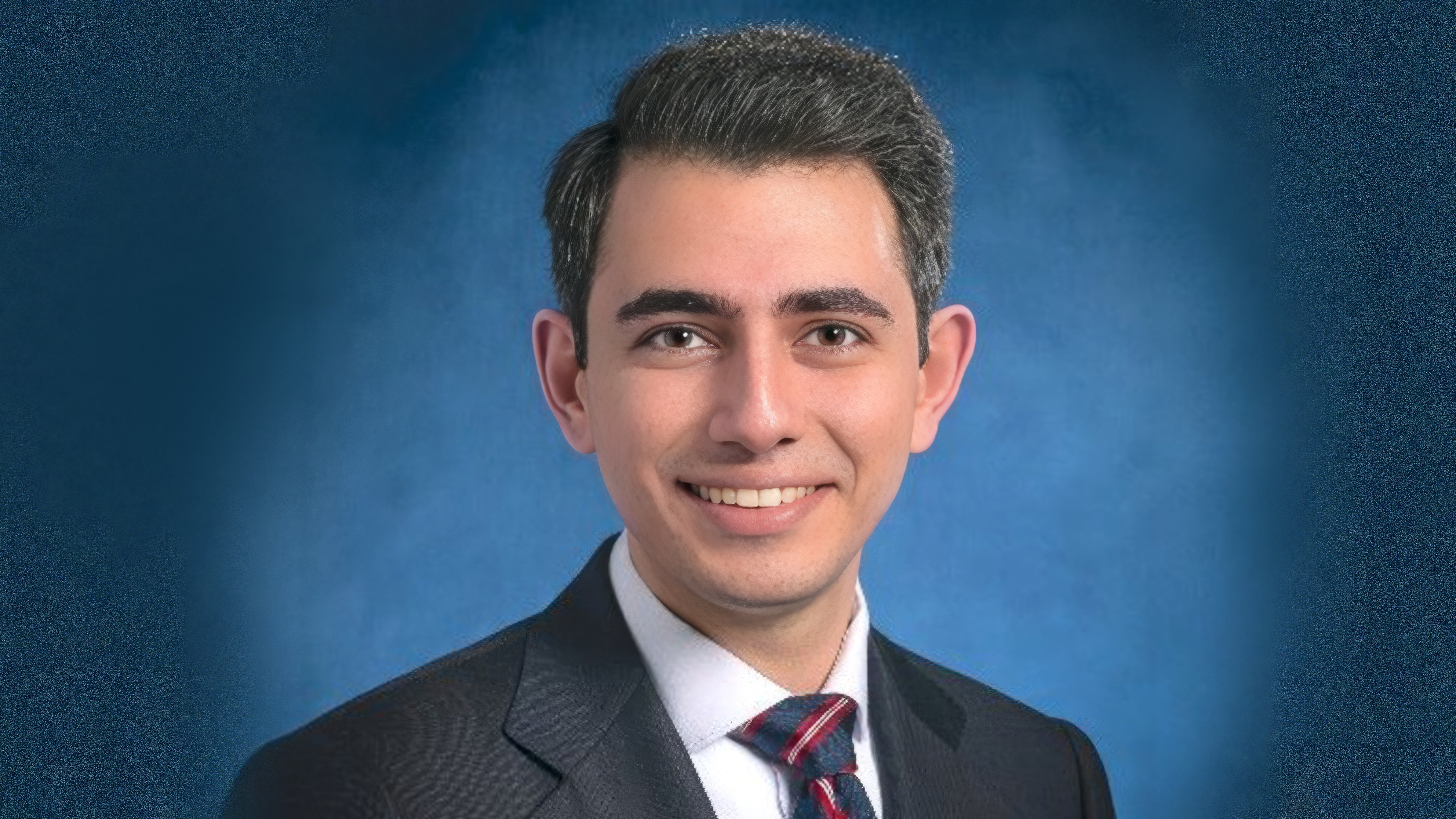Bahram Mohajer, Trainee Editorial Board Member and Member of the Machine Learning Steering Committee at the Radiological Society of North America (RSNA), shared a post on X:
“New in the Radiological Society of North America (RSNA):
A Deep Learning model trained on NLST, tested in 3 European trials, beats the PanCan model at predicting lung nodule malignancy on LDCT. Fewer false positives, same sensitivity.”
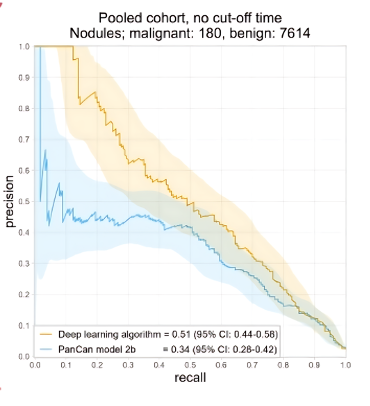
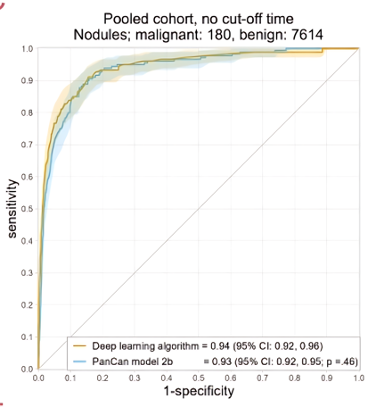
Why does this matter? LDCT is an effective #preventive method (NLST, NELSON). But… ~25% of scans are ‘positive,’ and >95% of those nodules are benign. That means anxiety, extra scans, biopsies, money – and lower adherence.
PanCan (aka BrockModel) improved risk prediction using size, spiculation, and location. But size still dominates, and performance has plateaued (AUROC ~0.85–0.94).
The DL model steps up:
- Higher AUROC vs PanCan.
- Way higher AUPRC (key for rare events like cancer).
- Even wins when nodules are size-matched.
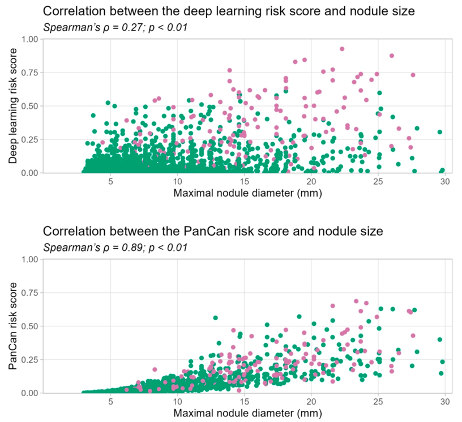
Clinically: At ‘100% sensitivity’, DL cut false positives by ~40% vs PanCan. At ‘100% specificity’, DL flagged ~15% of cancers for immediate referral (PanCan = none). That’s huge.
Fewer false alarms in fewer unnecessary scans/biopsies in less Scanxiety for patients in more trust in screening. Long-term, this could boost participation in LDCT screening, now only ~18% in the US.
Not perfect:
- Still a ‘black box’ (explainability needed).
- Retrospective, not prospective.
- Mostly tested in US/EU cohorts – needs global, diverse data.
- Subgroup equity (sex, race, SES) needs careful study.
Next steps:
- Prospective multicenter trial.
- Validation in incidental nodules plus diverse protocols.
- Explainable AI tools.
- Integration into guidelines and workflows.
Antonissen et al. demonstrate that DL can reduce false positives without compromising sensitivity. Safer reassurance + earlier detection. Big step forward for Lung Cancer Screening.”
Title: External Test of a Deep Learning Algorithm for Pulmonary Nodule Malignancy Risk Stratification Using European Screening Data
Authors: Mark Schiebler, Noa Antonissen, Kiran Vaidhya Venkadesh, Renate Dinnessen, Ernst Th. Scholten, Zaigham Saghir, Mario Silva, Ugo Pastorino, Grigory Sidorenkov, Marjolein A. Heuvelmans, Geertruida H. de Bock, Firdaus A. A. Mohamed Hoesein, Pim A. de Jong, Harry J. M. Groen, Rozemarijn Vliegenthart, Hester A. Gietema, Mathias Prokop, Cornelia Schaefer-Prokop, Colin Jacobs
Read the Full Article in RSNA.
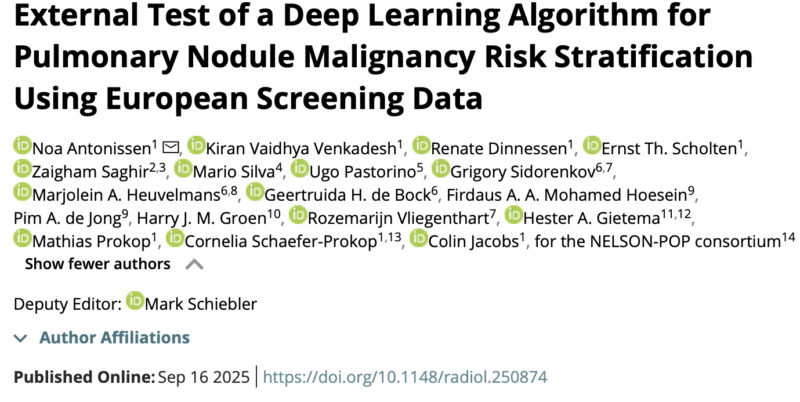
More posts featuring Radiological Society of North America (RSNA) on OncoDaily.
